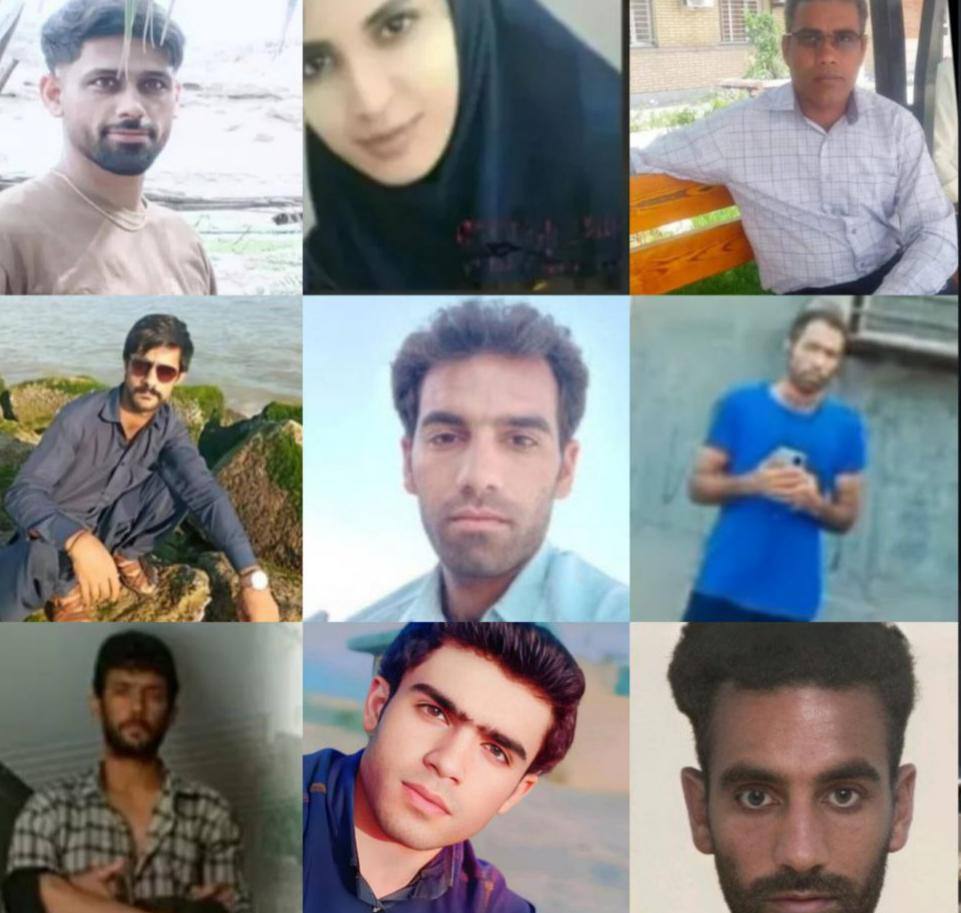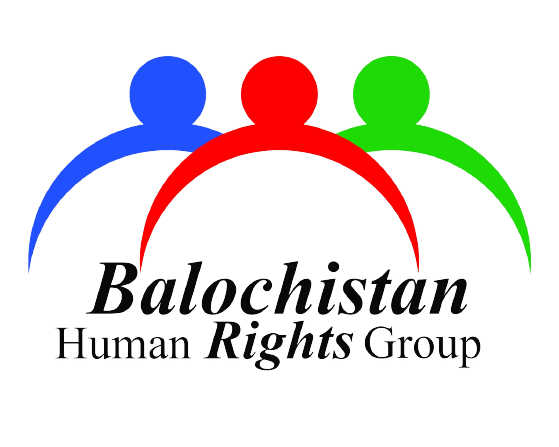Introduction
May 1st, International Workers’ Day, is not only a reminder of the historic struggles of workers to achieve rights and dignity but also an opportunity to amplify the silenced voices of millions of laborers in marginalized regions of the world. Among them, the plight of Baloch workers in Iran stands as a stark symbol of structural injustice, ethnic discrimination, and economic deprivation that calls for urgent attention and decisive action.
The Structural Employment Crisis in Balochistan
Despite its youthful population and strategic location, the Sistan and Balochistan province has long suffered from a lack of industrial infrastructure, absence of government investment, and sustainable development plans. This systematic exclusion from development has forced Baloch workers either into exhausting informal labor within the region or into labor migration to other provinces in search of livelihoods.
Forced Migration and Informal Labor
Most of these migrant workers relocate to provinces such as Hormozgan, Bushehr (especially Asaluyeh), Fars, Kerman, Yazd, and Isfahan. They are employed in construction, seasonal agriculture, service jobs, and manual labor—usually without formal contracts, health insurance, or access to legal protections. Such conditions are in direct violation of international labor standards, including the right to decent work, job security, and social protections.
Discrimination and Structural Violence
In addition to economic marginalization, Baloch workers face ethnic and cultural discrimination that exposes them to verbal abuse, threats, underpayment, and exploitation. Their human dignity is repeatedly violated, while supervisory bodies fail to implement meaningful protective measures.
Alarming Statistics on Death and Injury Among Baloch Workers in 2024
The year 2024 has been one of suffering, fatalities, and workplace accidents for Baloch laborers. According to verified data:
• Lack of workplace safety: 14 incidents (11 dead, 3 injured)
• Traffic accidents: 32 incidents (5 dead, 27 injured)
• Fires: 7 incidents (3 dead, 4 injured)
• Asphyxiation, electrocution, illness, gas poisoning, and employer violence: 9 incidents (8 dead, 1 injured)
These numbers reflect a high level of occupational risk and severe neglect of safety protocols for Baloch workers. Unsafe working conditions, poor oversight, and lack of safety training continue to expose this vulnerable group to disproportionate harm.
The Shahid Rajaee Port Disaster in Bandar Abbas
On Saturday, April 27, 2025, a catastrophic explosion occurred at the Shahid Rajaee port in Bandar Abbas, killing at least 11 Baloch workers and injuring 12 others. Most of the victims were either Baloch or residents of Baloch-populated regions. The explosion, caused by containers filled with hazardous chemicals, is not only a human tragedy but also a glaring example of mismanagement, lack of safety standards, and exploitation of migrant labor.
Conclusion
While International Workers’ Day is celebrated globally as a symbol of labor solidarity and social justice, Baloch workers in Iran remain trapped in cycles of discrimination, poverty, job insecurity, and lack of basic rights. The continuation of such conditions blatantly contradicts the human rights, ethical values, and legal principles that emphasize equality, justice, and human dignity for all.


